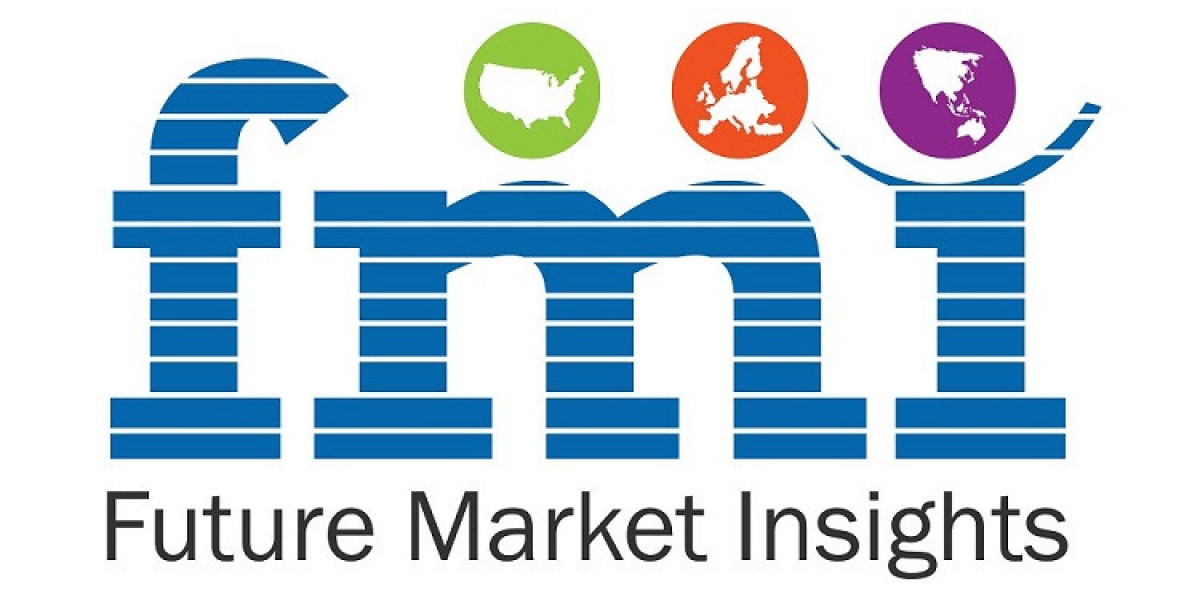The biopsy devices market has witnessed significant advancements over the years, fueled by innovations in medical technology and an increasing demand for precise diagnostic tools. Biopsy procedures play a crucial role in diagnosing diseases, particularly cancer, by allowing healthcare professionals to obtain tissue samples for analysis.
According to BIS Research, the global biopsy devices market is projected to reach $11,869.4 million by 2027 from $5,852.8 million in 2022, growing at a CAGR of 15.15% during the forecast period 2023-2027.
Types of Biopsy Devices
The biopsy devices market can be segmented into several categories based on the type of devices used:
- Needle-Based Biopsy Devices: These include fine needle aspiration (FNA) needles, core needles, and vacuum-assisted biopsy devices. Needle-based biopsies are commonly used due to their minimally invasive nature and quick recovery times.
- Surgical Biopsy Devices: These devices are used in excisional and incisional biopsy procedures. Surgical biopsies provide larger tissue samples for accurate diagnosis but are associated with longer recovery times.
- Endoscopic Biopsy Devices: Used in conjunction with endoscopes, these devices enable the collection of tissue samples from internal organs, offering a minimally invasive alternative for obtaining biopsies from hard-to-reach areas.
- Image-Guided Biopsy Devices: Incorporating imaging technologies such as ultrasound, MRI, and CT scans, these devices enhance the accuracy of biopsy procedures by guiding the clinician to the exact location of the lesion.
Request A Free Detailed Sample on Biopsy Devices Market!
Key Drivers of Growth in the Biopsy Devices Market
● Rising Cancer Incidence Boosting Biopsy Device Adoption: The global biopsy devices market is expected to expand significantly as cancer rates continue to rise. This increase in cases highlights the urgent need for accurate and early detection methods, driven by an aging population and lifestyle-related risk factors.
● Broader Applications of Biopsy Procedures: The versatile use of biopsy devices extends beyond cancer diagnosis, significantly contributing to market growth. They are crucial for diagnosing liver diseases like hepatitis and non-alcoholic fatty liver disease (NAFLD), which are on the rise globally. Recent studies indicate that NAFLDs affect approximately 32% of adults worldwide.
● Government Initiatives Supporting Early Detection: Growing government efforts to promote cancer awareness are driving the adoption of biopsy devices. Recognizing the importance of early diagnosis for improving outcomes, governments are implementing screening programs and awareness campaigns to educate the public.
● Increased Inorganic Growth Strategies: The rising prevalence of cancer is prompting key players in the market to adopt inorganic growth strategies, such as partnerships and collaborations. This alignment enables them to develop advanced products and services that meet market demands, particularly in liquid biopsy technologies.
Biopsy Devices Industry Challenges
● Risk of Infections from Biopsies: While prostate biopsies are essential for diagnosing and monitoring prostate cancer, the associated risk of infection presents a significant barrier to the growth of biopsy devices. Studies indicate that over one million prostate biopsies are performed annually in the U.S., making infection a notable concern.
● High Costs of Biopsy Procedures: Liquid biopsy, which utilizes circulating tumor DNA (ctDNA) for molecular profiling, is emerging as a preferred non-invasive method for therapeutic decision-making. However, the costs associated with biopsy procedures can be prohibitive, affecting their adoption and accessibility.
Future Outlook
The future of the biopsy devices market looks promising, with continuous advancements in technology and an increasing focus on personalized medicine. The integration of artificial intelligence and machine learning in biopsy procedures is anticipated to enhance diagnostic accuracy and efficiency.
Moreover, the growing trend of telemedicine and remote patient monitoring is likely to influence the biopsy devices market, enabling patients to receive care from the comfort of their homes while still accessing necessary diagnostic procedures.
Conclusion
The biopsy devices market is poised for significant growth in the coming years, driven by rising cancer incidence, technological advancements, and a growing preference for minimally invasive procedures. While challenges remain, the overall outlook for the market is positive, with opportunities for innovation and expansion in various regions. As healthcare continues to evolve, biopsy devices will play a vital role in ensuring accurate diagnosis and improved patient outcomes.







